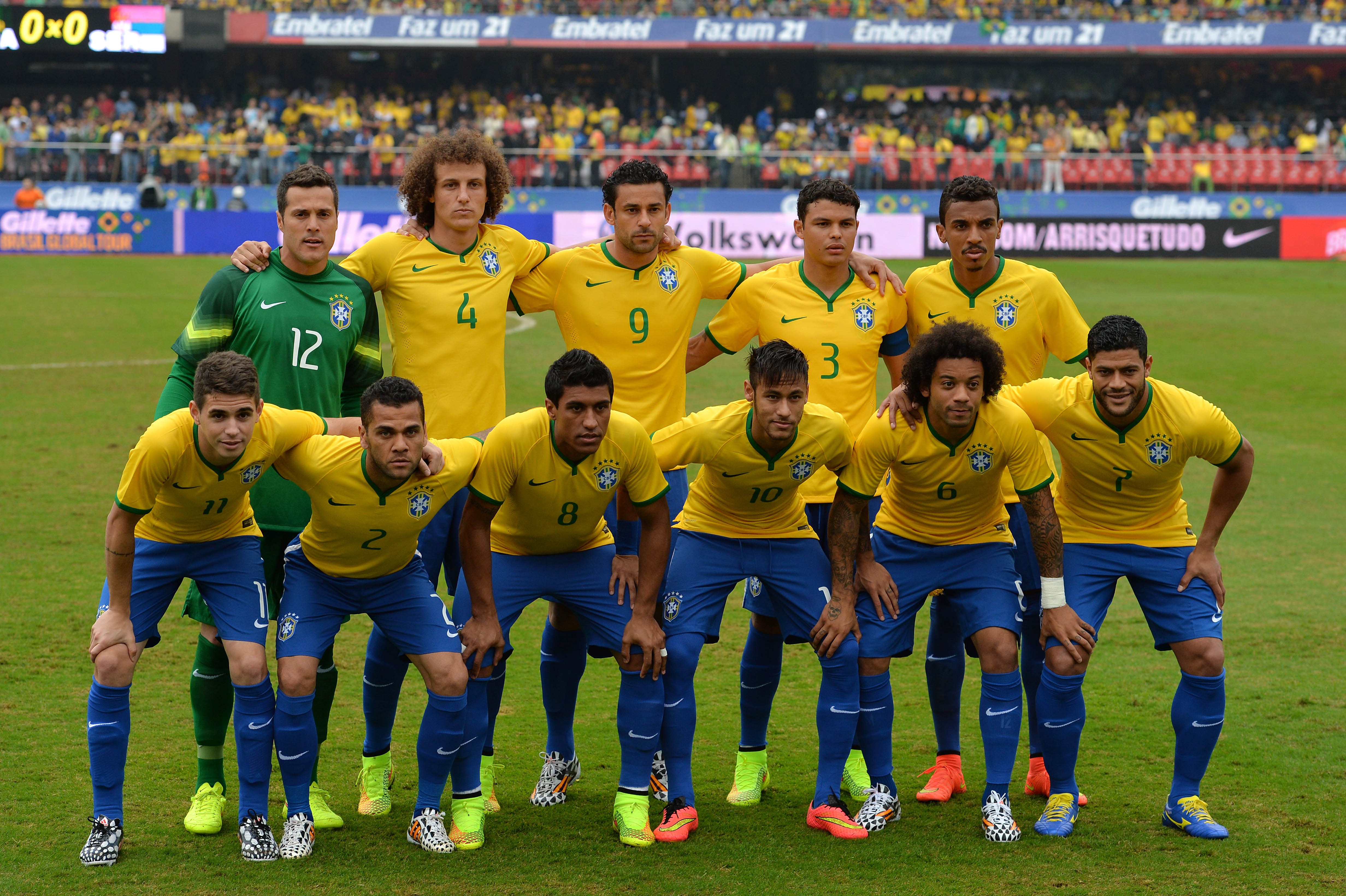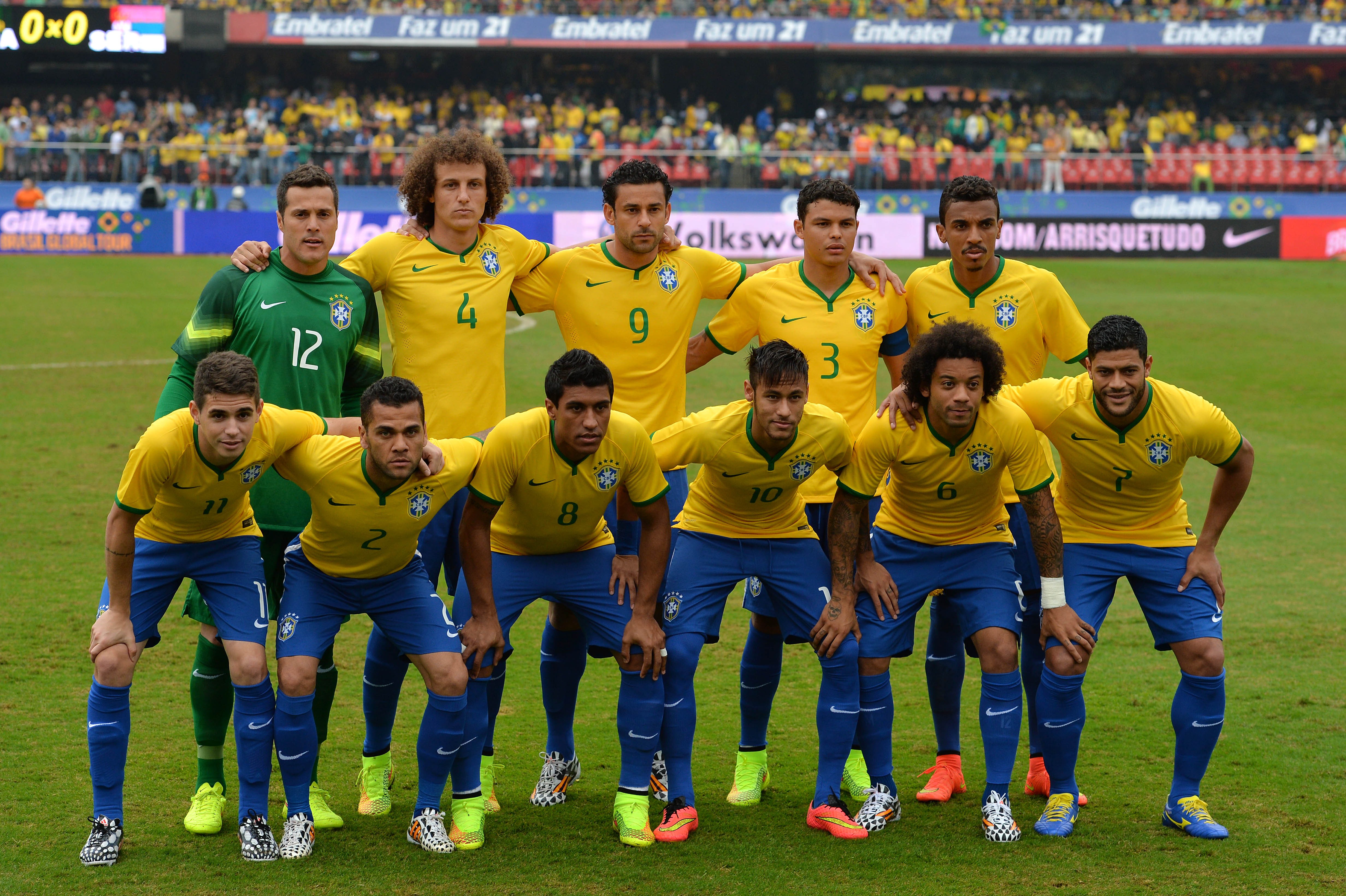Man, sometimes you just gotta scratch an itch. You know that feeling when you just can’t let something go? That was me last week. I was hanging out with my buddy Tony, and the topic of old World Cups came up, like it always does. We were arguing about which Brazilian squad was the most disappointing, not the worst, but the one that truly had the tools and just… didn’t show up. Tony kept banging on about 2006, but I just couldn’t shake the 2010 crew. That Dunga team. They were clinical, they were solid, they had some absolute beasts, and they crashed out like amateurs in the quarters. It just didn’t make sense then, and it doesn’t make sense now, or at least that’s what Tony said to me. That really got under my skin, so I told him, “Hold up, I’m gonna figure out exactly what went down. I’m gonna unearth the truth about that team.”

The Deep Dive: Pulling the Records
I started this whole thing by literally pulling out my storage box where I keep all my old football notebooks. Yeah, I’m one of those guys. I dug out the one specifically labeled “South Africa 2010” and blew off the dust. Those notes were scattered, messy, and totally written in the heat of the moment, which, honestly, is better than any post-game analysis you’ll find today because it’s pure emotion and immediate observation. I spent about two hours just reading through my younger, angrier self’s thoughts. I wrote down the major recurring themes I saw in my own scrawls: “Too defensive,” “Where is the creativity?” and “Felipe Melo, seriously?”
Next, I hit YouTube, which is always a gamble with old game footage because you get a thousand clickbait highlight reels. I searched specifically for full match replays. I focused on the key games. I watched the game against Chile first—a solid 3-0 win, clinical, no drama. Then I moved on to the Portugal game, which was a boring 0-0 draw. That’s where things started to click for me. I saw a team built to concede zero goals rather than score a bunch. They moved like a machine, not like the samba dancers we were used to.
But the real work was re-watching that quarter-final against the Netherlands. That’s the one that broke everyone’s heart. I watched it twice, start to finish, completely mute the first time so I couldn’t get distracted by the commentary. I paid close attention to the whole first half. We were up 1-0, beautiful goal by Robinho, total control. It was perfect Dunga-ball. Then the second half happened, and I tracked every single substitution, every yellow card, and every defensive mistake right up until the final whistle. I logged the exact moments the team mentally cracked.
Key Reasons Revealed: The Breakdown
After synthesizing my old notes and the new match footage, I zeroed in on three major, easy-to-understand flaws. This is what I told Tony, and this is what I realized about Dunga’s rigid system:
- No “Plan B” or Imagination: The squad was built for maximum stability. Dunga chose a physical spine: Julio Cesar, Lúcio, Juan, Gilberto Silva, Felipe Melo. Absolute warriors. But he left out the flair—no Ronaldinho, no Ganso, no Adriano. He bet everything on grinding out results. Once the grinding stopped working (like in the second half vs. Netherlands), there was no one on the bench who could unlock a solid defense with a moment of magic. The substitute bench was basically more defenders and runners.
- The Dutch Tactical Masterpiece (and Brazil’s Mental Collapse): The Netherlands knew how to break the Dunga machine. That first Dutch goal was officially an own goal, but the damage was done. Brazil lost their composure instantly. Felipe Melo started to lose it, and the team followed. I watched Lucio and Maicon, usually rock solid, panic. Then came the red card for Melo, and the whole plan went up in smoke. This wasn’t a physical failure; it was a total mental meltdown fueled by a lack of tactical flexibility. They only knew how to play one way: controlled and dominant. Once control was lost, they had no clue how to improvise.
- The Wrong Kind of Talent Focus: Dunga valued the club man who followed orders (Elano, Kleberson) over the pure, unpredictable geniuses (Ronaldinho, Pato). He wanted soldiers, not artists. And in a World Cup quarter-final, sometimes you need a crazy artist to do something nobody expects. That team lacked the X-factor because the coach actively purged the X-factor from the dressing room.
I finished the whole project yesterday, sent Tony a twenty-minute voice memo detailing my findings, and I swear I felt about ten pounds lighter. I did the research, I reviewed the tapes, and I found the key reason. It wasn’t the players’ skill; it was the coach’s system and the subsequent mental fragility under pressure. I closed that book for good, and now I know exactly what happened. Sometimes you just gotta settle these arguments with a week of hard work and an old external hard drive.

